
Our first endeavour into the world of active control. Project Aptos aims to develop an aerodynamic vertical active stabilisation system for future sounding rockets.
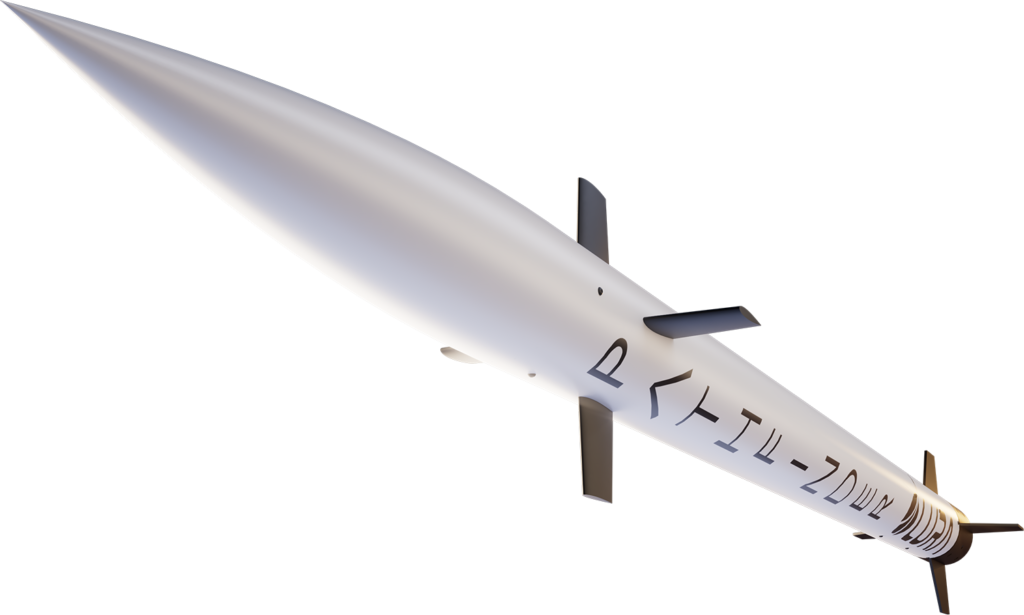
Having ran as a Masters level team project, Aptos used a set of actively controlled canards to manipulate the orientation of the rocket.
This technology allows our future rockets to maintain a more vertical trajectory during flight, and flying vertically means flying higher. Additionally, we would have less dispersion.
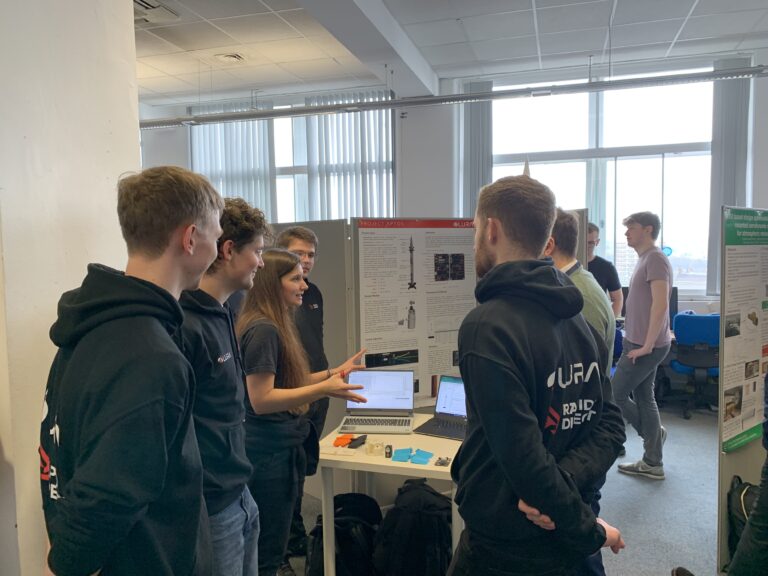

A new rocket was developed as part of this project, called Pathfinder.
This vehicle acted as a test-bed for potential future active control flights, allowing us to rapidly prototype and test new designs.
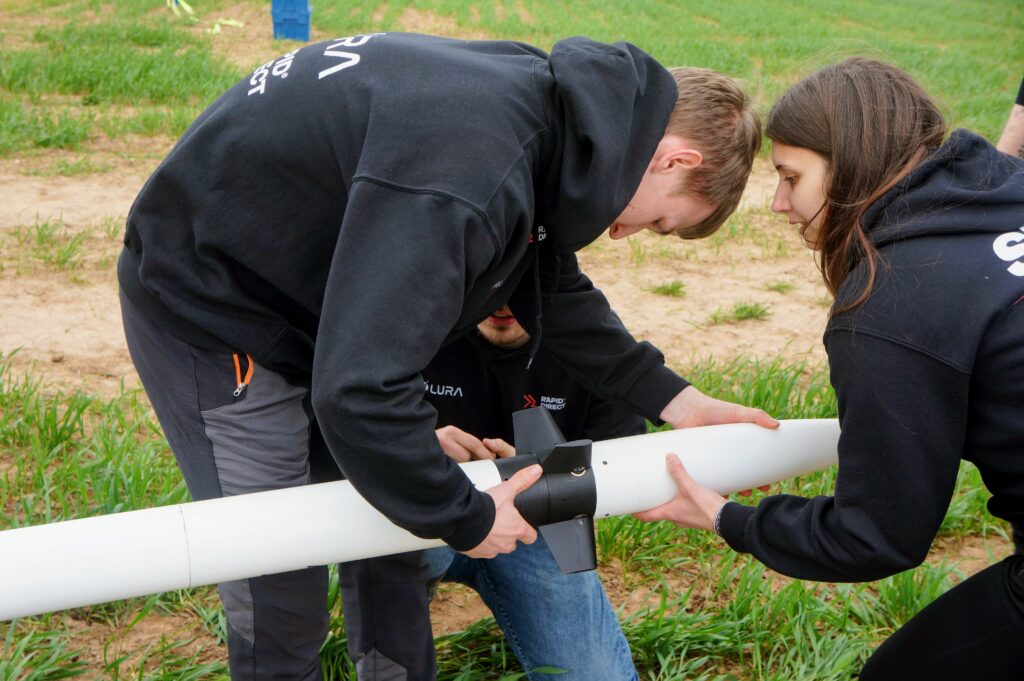
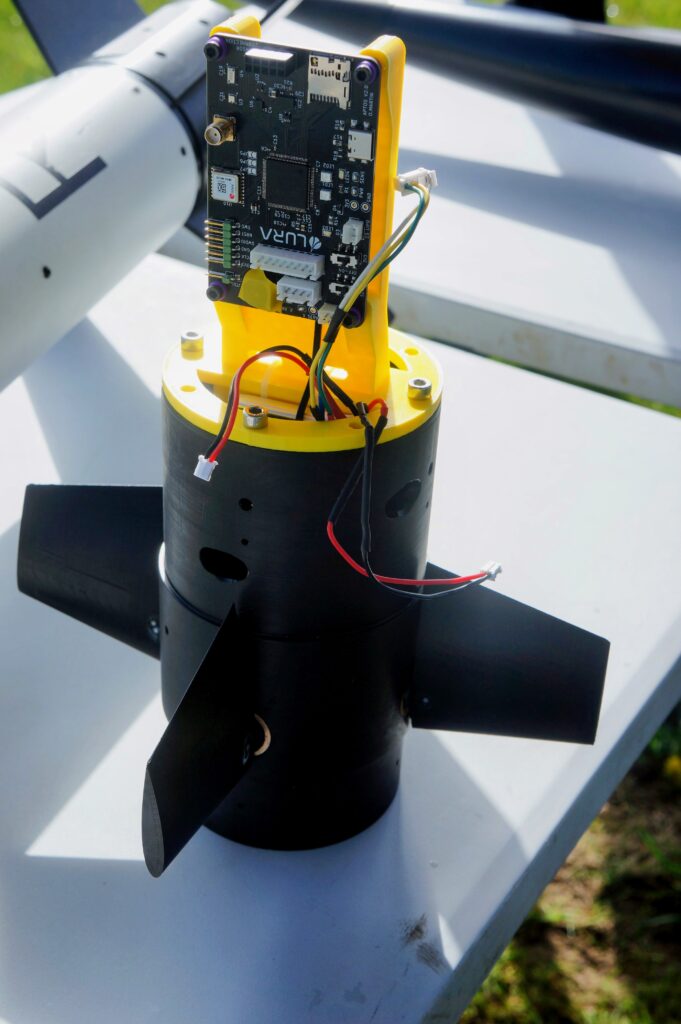
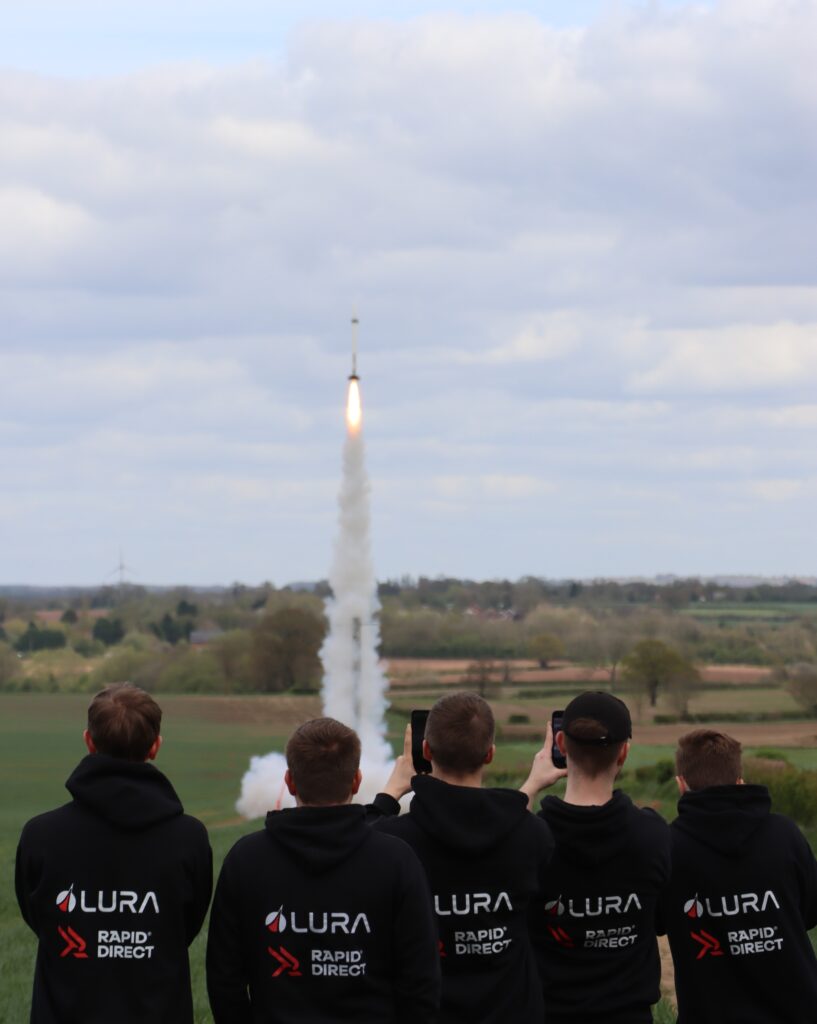
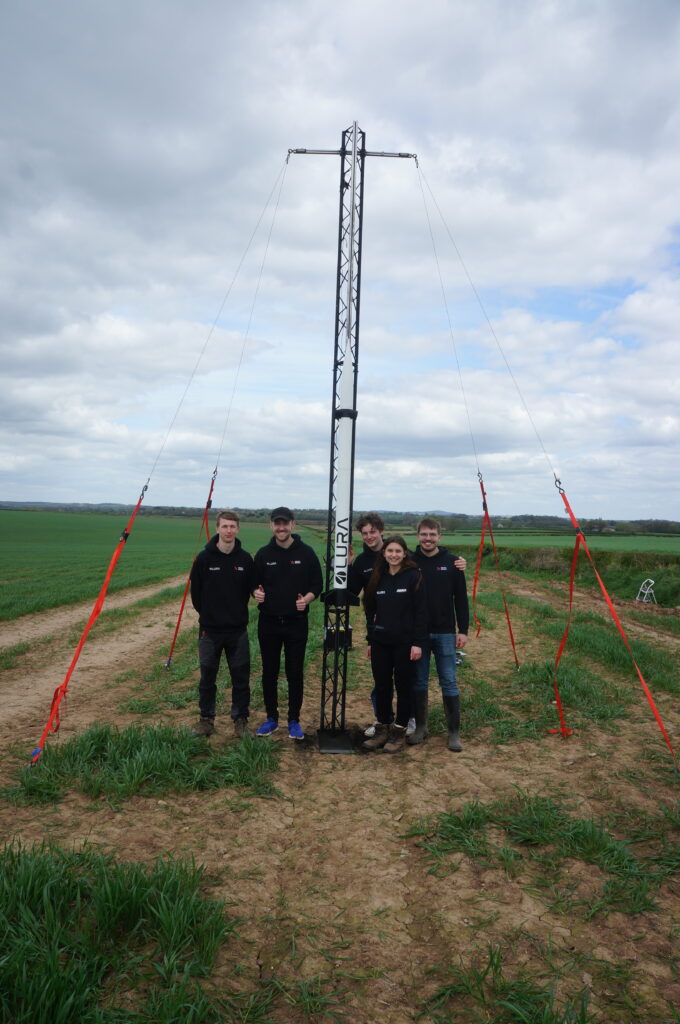

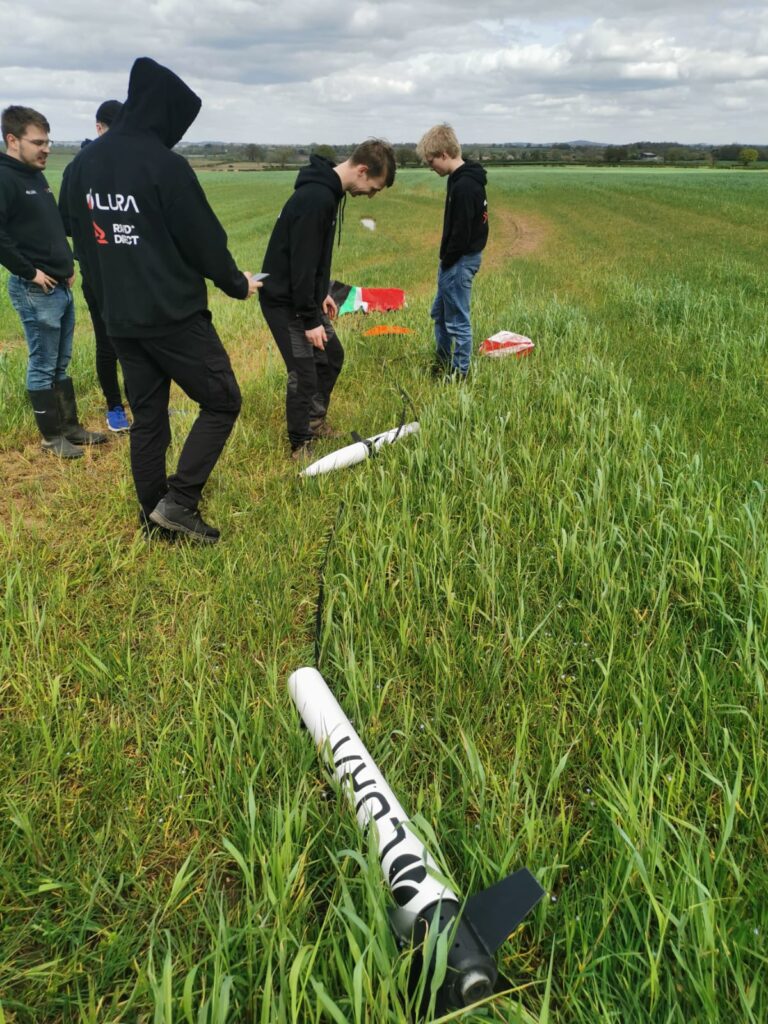
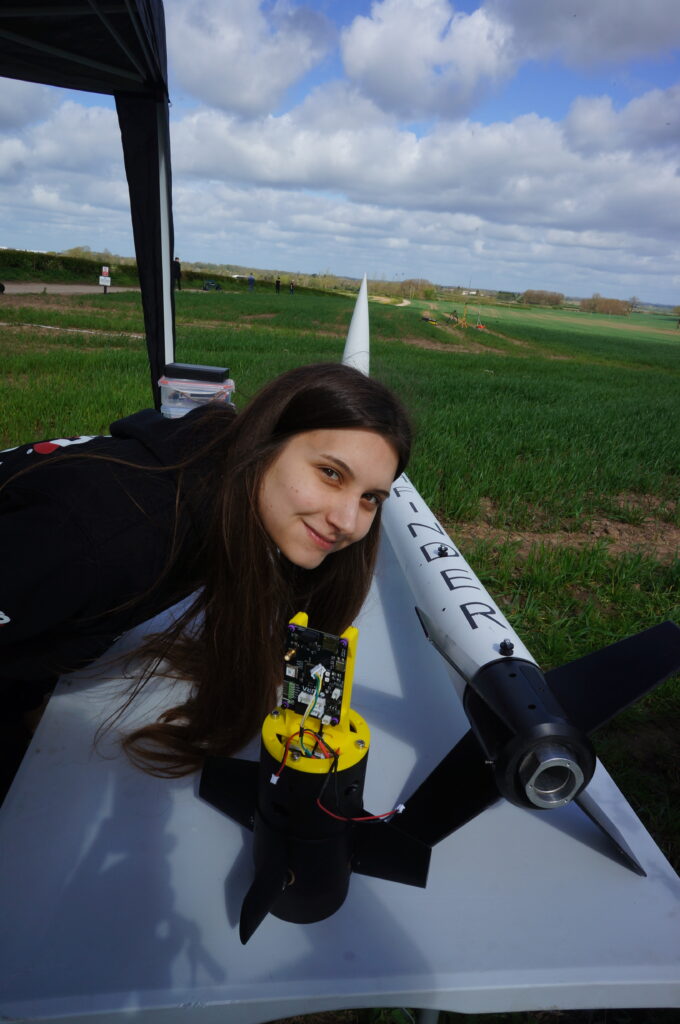
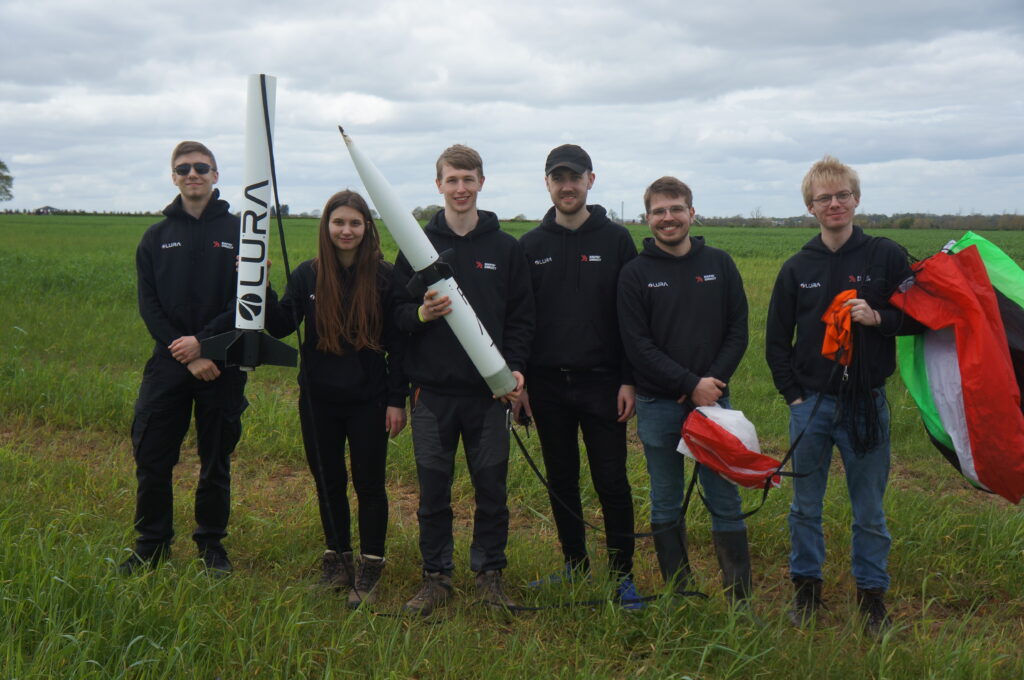
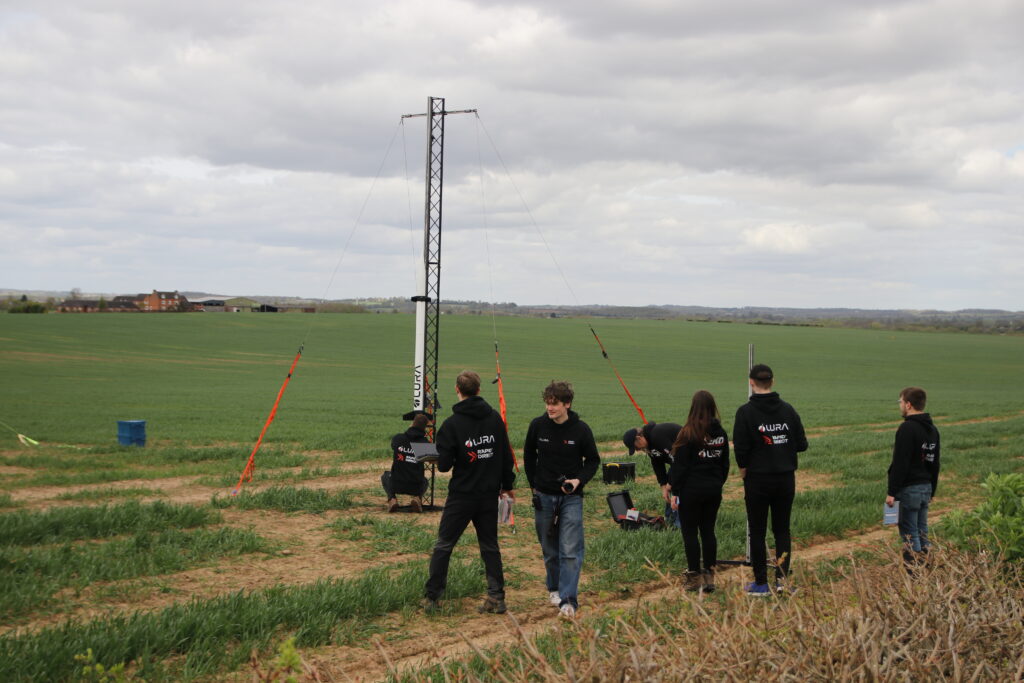
Project Timeline
Started Project
Preliminary Design Review
Critical Design Review
New Hardware and Firmware
Active Control Test Flight
The first iteration of the Aptos control module was developed over the course of just eight months. During this time, the Pathfinder rocket was designed and built alongside the module.
The first Pathfinder testing campaign took place in April 2023 from the SARA launch site, in Fairlie Moor. Despite not having the controller enabled, the team has gained value knowledge and data. The summary of the weekend can be view here:
A team of five designed a new Flight Computer based on an STM32 chip and developed custom bare metal C firmware from the ground up. The integration of the previously design controller was improved and the first steps towards a custom Telemetry board were made.
After five months of improvement, the Aptos group were able to launch Pathfinder again, this time from Midlands Rocketry Club (MRC), with the active controller enabled. The data gathered during the flight was then analysed.
Pathfinder is a simple, single-ejection, low altitude rocket. Its nose cone, body tubes, coupler, and fins are all fibreglass. The fincan is mounted on bearings, to allow the rear fins to spin relative to the rocket. This prevents the deflected wake from the canards from causing the rocket to roll during flight.
Height:
1.92 m
Diameter:
0.10 m
Total mass:
6.9 kg
Target apogee:
~ 880 m (2,890 ft)

Project Aptos is LURA’s first step towards the development of actively controlled rockets. Below you can find all associated documentation:
2022-2023:
Master Group Project Report:
Development of a Canard Controlled Active Stability System for a Sounding Rocket
Individual Master Report:
Canard Control Development (Theodore Youds)
2023-2024:
Master Group Project Report:
WACE 2024 Paper:
Individual Master Report:
End-to-End Data Pipeline to improve a Vertical Orientation System for a Sounding Rocket (Alexandra Posta)
Design of a Telemetry System for an Active Controlled Sounding Rocket (Alexandre Monk)
Developing a Transmission System of an Active Stability System of a Sounding Rocket (Antoine Durollet)
Supporting Code:
https://github.com/AlexandraPosta/aptos